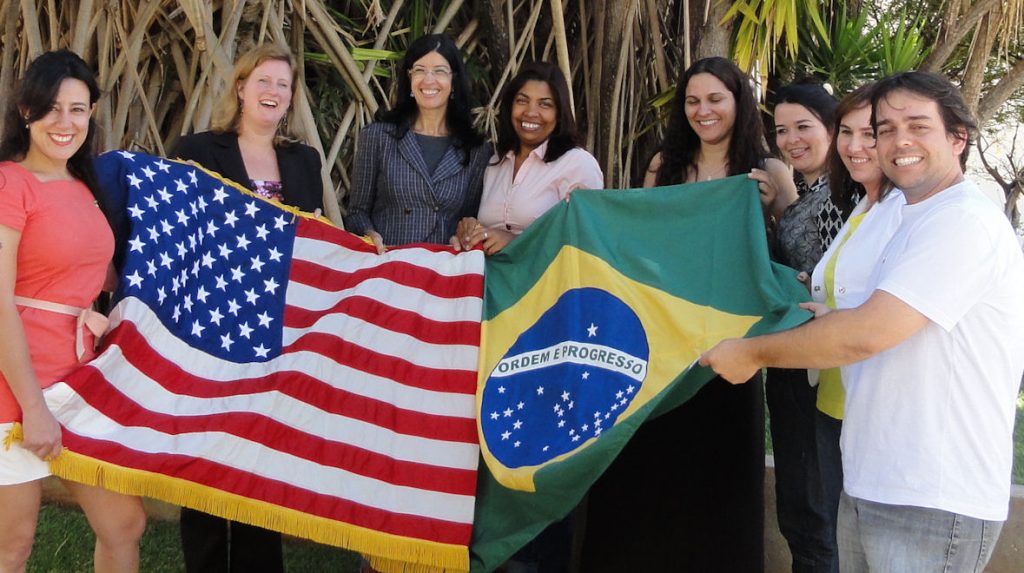
It is like playing an old video game where new monsters and obstacles keep on jumping up. And just when you think you are done, you find that you have moved up to a new level, where you get to encounter a higher level of more devious monsters and more diabolical obstacles. That is how I feel dealing with getting a few hundred Science w/o Borders kids to the U.S.
President Dilma’s idea was great and historians may see it as a turning point in Brazil’s development. She decided to send 100,000 Brazilian students overseas to study in the STEM (Science, technology, engineering & math) and put the resources and willpower behind the effort. The idea is to train Brazilians for the needs of the successful and more technically advanced country Brazil has become. It is also to open Brazil to the world. The connections that the 100,000 make will be only the beginning of long collaborations. This is the idea, a beautiful idea, but somebody has to make it so. That task fell to the Ministries of Education and of Science and Innovation. Dilma gave them only a few months to create facts on the ground. And since the first kids were supposed to go to the U.S., it became our task too. It is great opportunity, a once in a lifetime opportunity. But this is where our video game experience started.
Implementation is hard. Sometimes leaders think it is enough to have a visionary idea, to point the way. Of course, somebody has to point the way, but there are tough steps on the dim and narrow road to at that bright happy region of the visionary. Of course, it is the unexpected things that trip you up and that old cliché that we should expect the unexpected is just plain useless (you end up in a kind of verbal Zeno’s paradox if you really think about what that means). The challenge is that the biggest problems are often trivial, the lack of a properly filled out form, not enough slots for the TOEFL tests etc.
My colleagues smoothed out most of these things. The biggest hero, IMO, was the Fulbright Commission, but lots of people’s efforts were necessary, if sometimes not sufficient to get the job done. Many people did their parts when they needed to. I know of many, and I am sure there are others about which I am just unaware, deal busting dilemmas anticipated and overcome.
Our last challenge came this morning and for a while I thought it would finish us off. IIE told us that we would not have the necessary visa forms for our visa day (when our Brazilian students would all show up at the Embassy and Consulates for their visas and briefings). In the video game metaphor, this would be meeting the master villain on the last level before you “win”. I thought it was “game over”. Fortunately, our Fulbright Director prevailed on IIE to send a person with the documents on a plane on Saturday. I am again optimistic. This is still cutting it close and we are not out of the woods yet.
There is no going back for us and I believe we are coming out. If we get the visas and briefings out of the way, our work is done – at least until next time. We (and I speak broadly here to include all our partners, Brazilian & American) will have done what many said couldn’t be done, found, funded, placed, credentialed and deployed the first 600+ students to be followed by thousands more. The initial condition sets the tone and this initial echelon is good. We can bask in our glory for a few days, understanding full well that once it is done, everybody will think it was easy and inevitable. Assuming it gets done. Those chicks are not yet hatched.
How far can a dog run into the woods? He can run in only half way. After that he is running out.
My picture is from another of our programs. We sponsor English teachers going to the U.S. on a scholarship. Two of the teachers are going to JMU. I included the picture because it is in the general subject area – English teaching is one of those obstacles we are addressing – but it is here mostly because of the colors. The American and Brazilian flags are beautiful together, aren’t they? Surely there is a lesson there.
